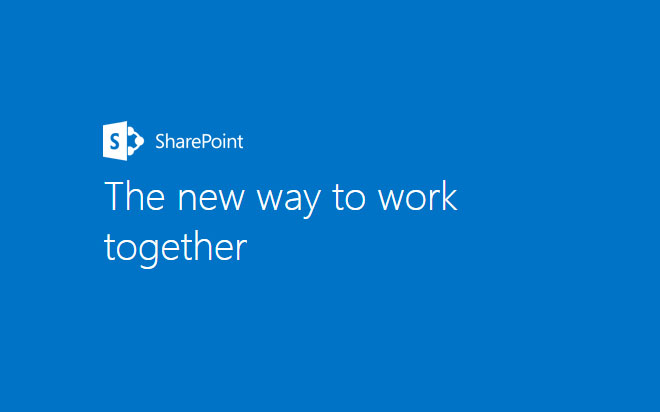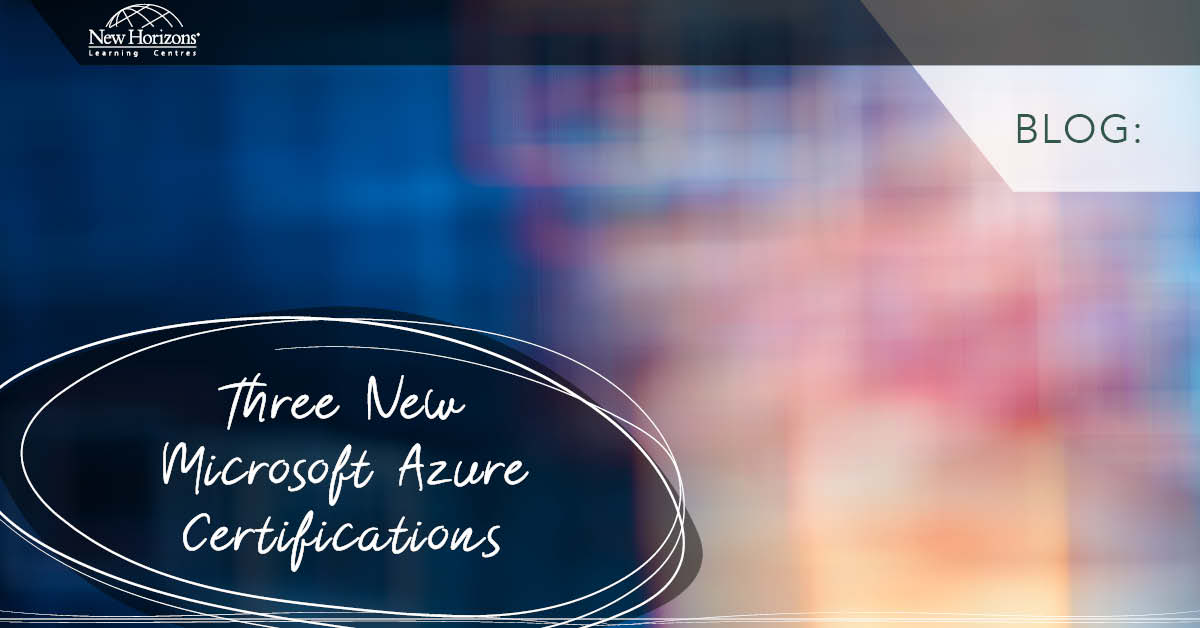
Jul 03, 2015
In today’s blog post, I will talk about the Enterprise Content Management feature of SharePoint. Enterprise content management is a set of process that enables an organisation to organize and store information is a structured way. One of the core benefits of SharePoint is the enterprise content management offering.
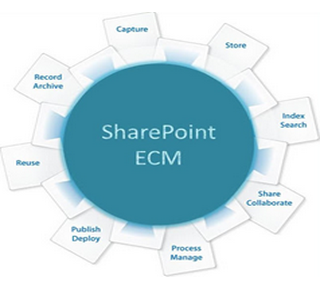
In SharePoint, the enterprise content management can be categorised into 7 components.
Web content management The web content management capabilities in Microsoft SharePoint Server 2013 can help an organisation to communicate and integrate more effectively with employees, partners, and customers. SharePoint Server 2013 provides easy-to-use functionality to create, approve, and publish web content. Web content management feature of SharePoint can help you to come up with an effective strategy for creating and publishing websites.
Records management A record is a document (or other entity) that provides evidence of an action or transaction and that must be retained for a period. With records management, an organisation can decide which kind of information should declare as records, and decide how and for what length of time such records should be retained for legal purpose.
Document management Document management is one of the key features of SharePoint. It offers features like check in and check out, version tracking, content approval, document sets, and many more.
Check in and Check out In a SharePoint environment, you need check out a document prior to editing. Checking out means you have the ownership of the document and only you can modify the contents while a document is checked out, others can open the document, but only in a read only mode. Once the document is checked in, others can see the content of the document.
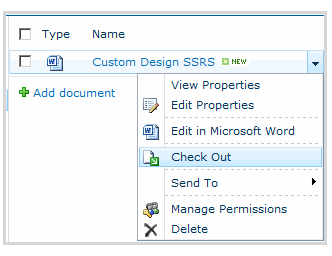
Version trackingVersion tracking is feature that can be turned on a document library. Once turned on, every time a document is modified, SharePoint creates a version of the document. In future, if an old copy needs to be retrieved, it can be easily restored from the version history.
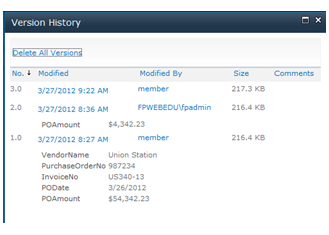
Content approval Content approval is another optional process that can be turned on for documents. Once turned on, a document goes through an approval process. When a member uploads a document, the document is not published initially. It goes to an approver, who then reviews and takes action. The action can be approved, rejected or no action. Once the “approver” approves the document, the document becomes published and visible to the team.
Document IDs In SharePoint, a document ID is a kind of unique serial number which can be applied to every document in a site collection. Document IDs can be useful to help users identify a specific document without confusion or to help with document tracking and location.
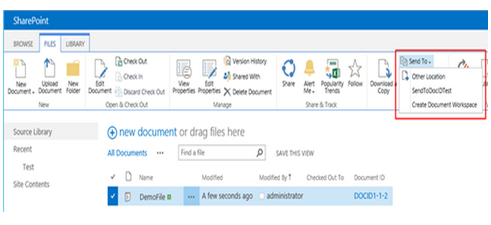
How do your Excel skills stack up?
Test NowNext up:
- Task types and scheduling in Project
- Display the message “Tasks due shortly” in Project
- Autofill to the Last Row Using VBA
- Staff Retention
- Using conditional formatting to highlight weekend dates in Excel
- Implementing live tiles in a Windows Store App
- Selecting Text in Microsoft Word
- Creating a storage account and container in Windows Azure
- What Sort of Leader are You?
- Recording Screen Action in PowerPoint 2013
Previously
- Task types and scheduling in Project
- Skype for Business – The missing “Lync”
- Ineffective goals
- Poodle or terrier – are your systems safe?
- Present a PowerPoint 2013 presentation online
- Code sharing strategies in Windows Universal Apps
- Reuse slides in PowerPoint
- The System Prism
- SharePoint permissions on views using workflows
- Archiving old emails in Outlook


